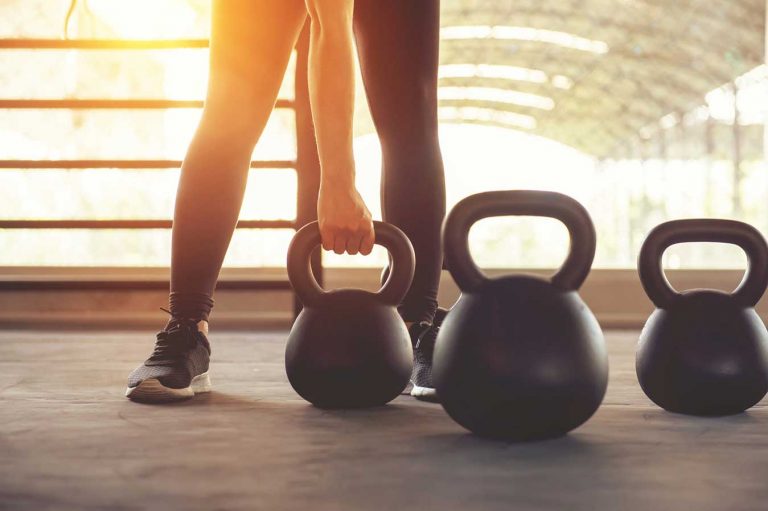Being diagnosed with a disability can add complexity to any potential workout. However, it is nevertheless imperative to find time to exercise safely. According to the CDC, appropriate levels of exercise will help mitigate the symptoms of disability for many people, in addition to providing important boosts to psychological health.
The latter in particular is something to be cherished, given that people living with disability have, in general, a higher rate of mental health concerns than the rest of the populace. Being safe is the most important factor, and kettlebells can help in achieving that.
A Gentle Start
Kettlebells benefit beginners due to their easy handling and easy assessment of weight. They are a gentle introduction to the concept of weight training. However, as Insider magazine highlights, they are also known for demanding good technique. This is really important for people living with disability to consider.
Workouts are naturally going to carry a greater risk of injury; this is also why it’s essential that people living with disability take a good chunk of time in warming up, perhaps even above their peers who aren’t diagnosed with a disability. Ensuring that the body is ready for exercise, and then applying good habits and expertise vastly reduces the risk of injury and will improve gains.
Making Adaptations
It’s also crucial that people living with a disability seek to make changes to their regimes and equipment in order to enable themselves. A relatively straightforward way of looking at this is through wheelchair users.
Disability-friendly gyms have adaptations such as extra footholds, removable seating, safety cables and lowered equipment to help wheelchair users to get their workout in. Similarly, it’s essential to make any and all adaptations required in order to exercise without risking injury, or the aggravation of existing conditions, while working out.
Taking It Easy
One of the other benefits that exercise provides is a greater ability to manage pain. According to a study published by Frontiers in Rehabilitation Sciences, directed exercise regimes for disabled people, executed in a community-based environment, successfully reduced pain by a significant amount over a 12-week transitional period. This coincided with greater athletic gains, and higher levels of everyday exercise adoption by people with mobility conditions.
This is great news, but it’s also important to know your own limits and not push too hard. Resistance to pain is an essential part of improving athletic performance and strength, but it can also be a precursor to injury. Sometimes, an injury can be caused without ever knowing it. Taking increases in workout difficulty, for instance in scaling up kettlebell weights, should be done slowly and carefully over a period of weeks.
A key theme runs through every workout plan designed for a person living with a disability – carefulness. It’s really important for people living with disability to get out and about and start exercising, but the process needs a careful framework around it. Personal trainers can help to achieve this, but the most important principle is to listen to your own body – just with anyone undertaking a new exercise regimen.




